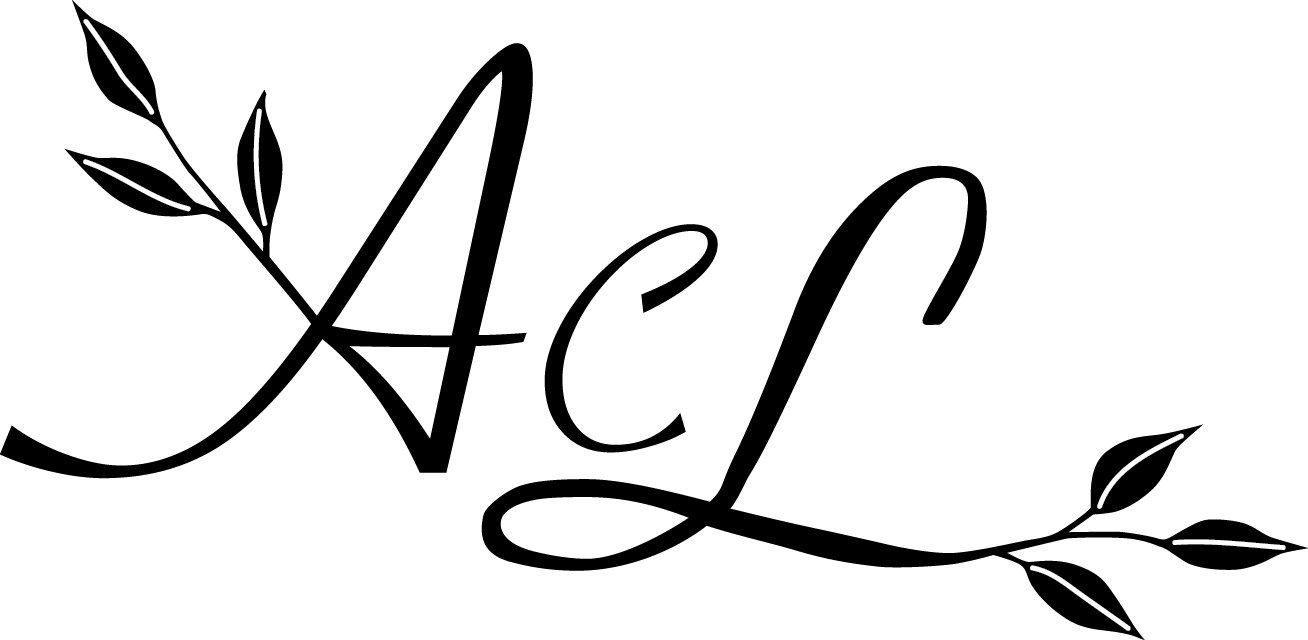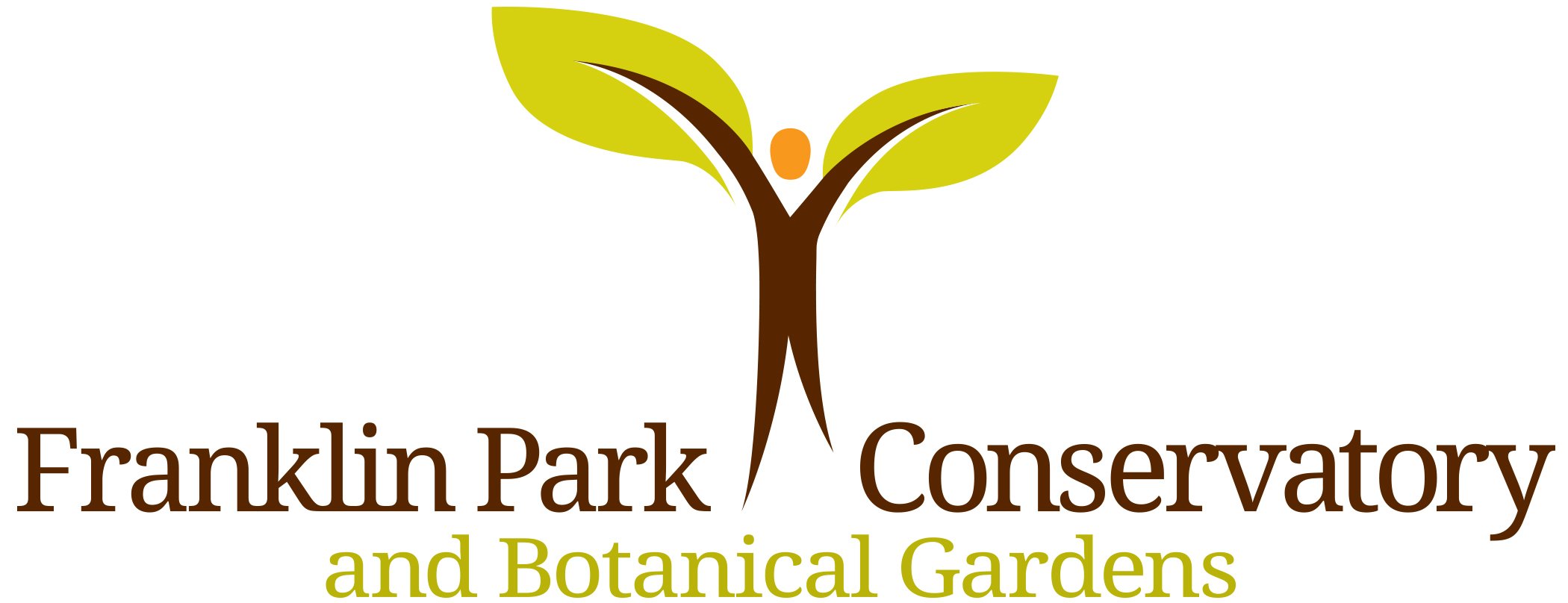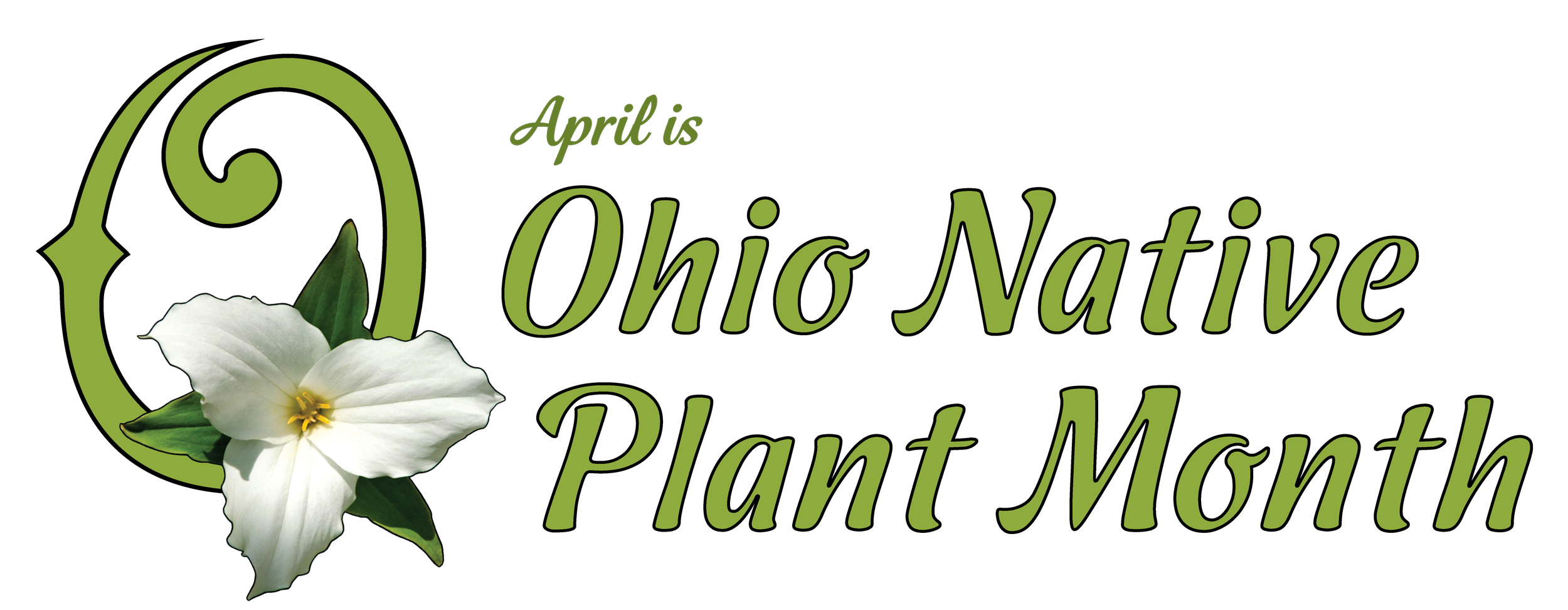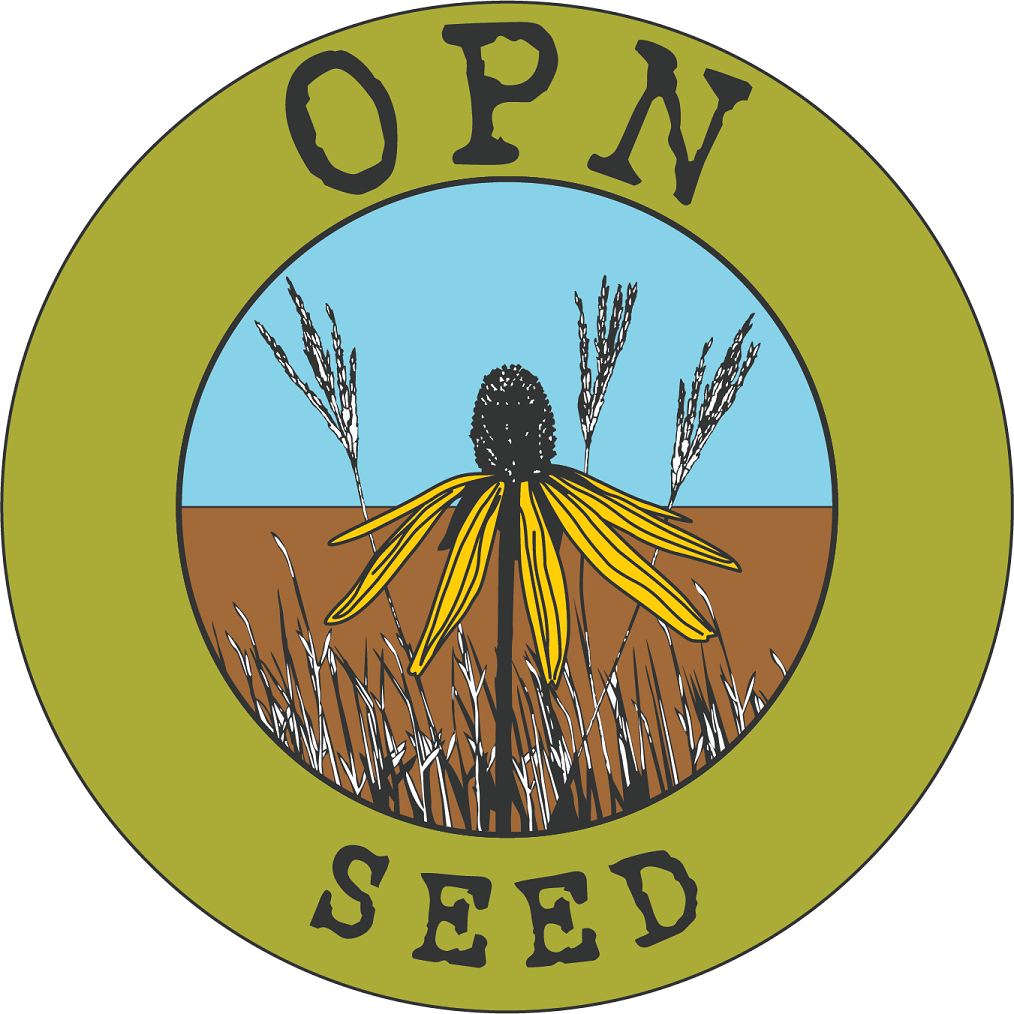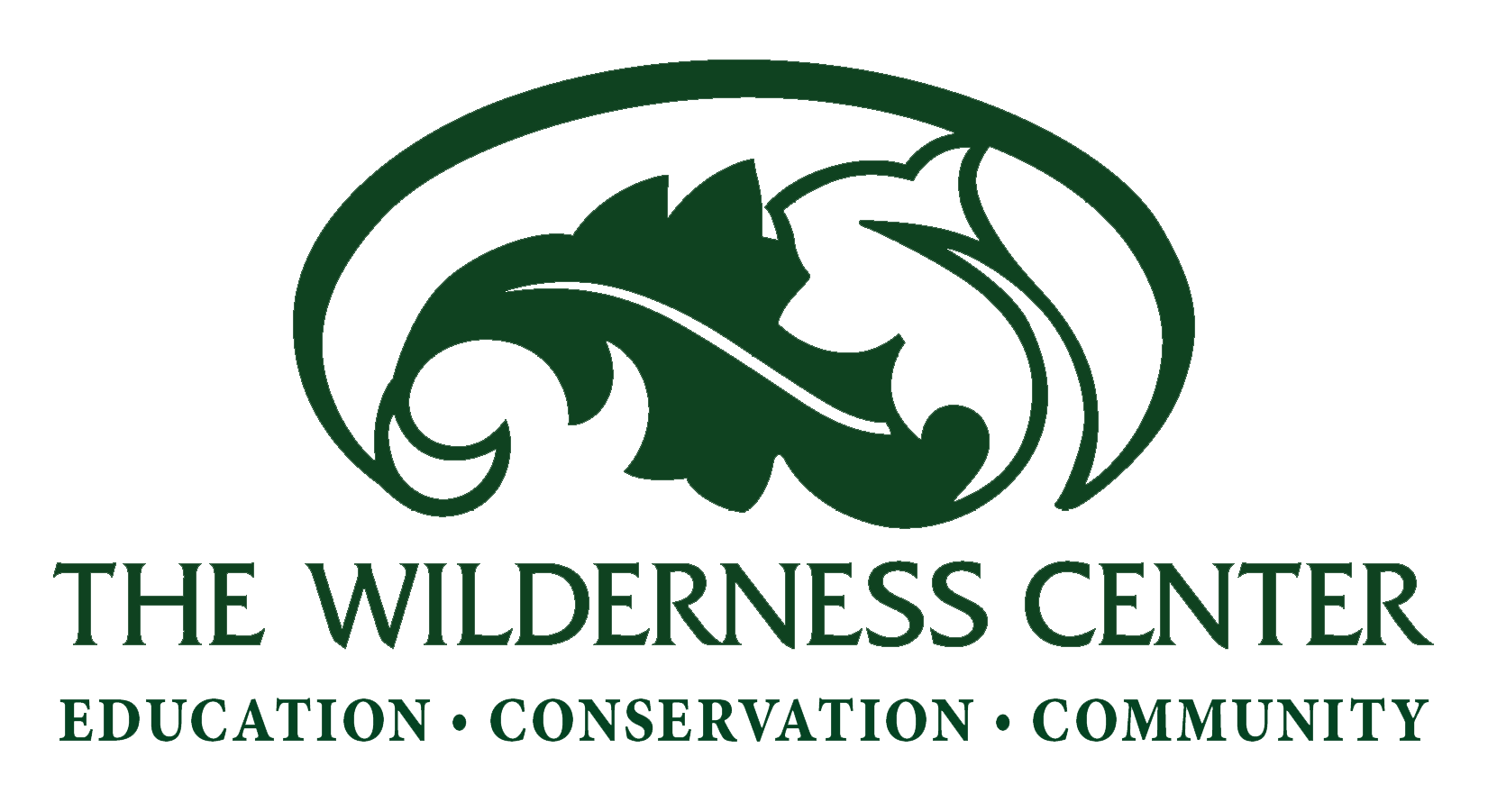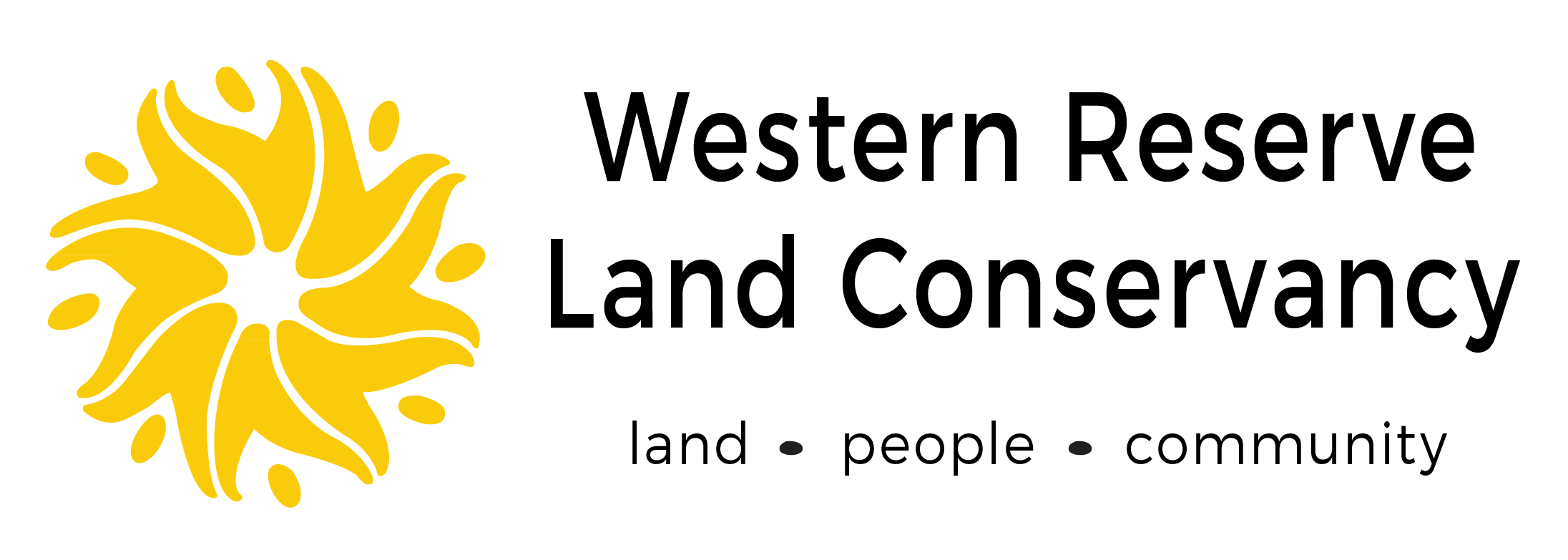Donate
Donate to Save Ohio Bees. Every $1,000 raised restores a full acre (43,560 sq. ft.) with 28 species of native flowers.
100% of your gift supports our mission. $1,000 restores 43,560 sq. ft. of habitat or funds two conservation programs in Ohio.
Help us reach our $1,000 December goal
Save Ohio Bees is a 501c3 charitable nonprofit, EIN:93-1656333.
We provide educational programs to the community.
We provide a free online resource library.
We enhance beneficiary impact with funds that get matched through grants and foundations.
We restore native wildflower habitat across Ohio.
We preserves prairies in Ohio.
We restore tree canopy to enhance biodiversity, mitigate climate change, and enhance resiliency.
Join us as
A Corporate Sponsor or donor
Amplify your commitment to habitat restoration and conservation. Become a Corporate Sponsor.
Get started for as little as $250 and get valuable promotional benefits.
Sponsors & Community Partners
Special Thanks to Donors
of $100 or More
Jennifer Kramer, APR
Jason Miller
Suni Moon, Artist & Energy Healer
Jennifer Oakleaf, Amazing Creams & Lotions
Brian & Cory at Ridgestone Builders
Dr. Amy Sapola
The Sapola Family
Ish de Saram, Bumble Roofing Columbus
Evonne Segall
Julie Smith, Advisor
Brayden Spence
Sharon Teuscher
Tracy Teuscher, Founder & Director
The Watts Friends (Kathy Swenson)
Atelier Commerce
Jayne & Isaac Barnes, Honeyrun Farm
Kelly Brown, Governor of Kiwanis
The Buzz Maker® Public Relations
Chestnut Elementary Bee Club, Heather Bunkin
Michelle Emerson
Joanne Fox
Gabrielle Galea
Livia Galea
Mark Galea
Matt Galea
Jeanne Gural
John Hansen
Sharon Hone
Jacqueline Kemble
Beneficiary Partners
With the Pollinator Partnership, Save Ohio Bees supports development and enhancement of pollinator habitat on agricultural lands in Ohio, as well as education and training for farmers in habitat stewardship through Bee Friendly Farming. These habitats support native bees and pollinators, the sustainability of farms, and the health and resilience of regional ecosystems. As the largest pollinator nonprofit, the Pollinator Partnership mission is to promote the health of pollinators critical to food sustainability and ecosystems through conservation, education, and research.
Save Ohio Bees supports habitat restoration, educational programs, and community conservation programs at the Wilderness Center (TWC). TWC’s mission is to inspire and nurture a connection between people and nature through habitat conservation, environmental education, and community engagement. TWC protects more than 2,100 acres of agricultural land, forest, meadow, wetlands, and prairie across more than 22 permanently protected preserves and more than 1,300 conservation easements in seven counties. TWC’s conservation programs include a sustainable forestry program, which guides the management of 24,000 acres of privately owned forest, as well as Foxfield Preserve, Ohio’s first green burial cemetery on conserved land, and hundreds of annual environmental education programs for people of all ages.
Save Ohio Bees helps provide essential funds for native seed, native trees, invasive species removal, and native bee nesting places at the 63-acre Oberlin Preserve, part of the Western Reserve Land Conservancy (WRLC). Since its initial restoration, more than 600 native wildflower plants, more than 50 native trees, and 30 acres of prairie seed have been sown. The preserve also has historical significance as a former stop on the Underground Railroad. WRLC is one of the largest land trusts in the nation. Formed in 2006, its mission is to provide essential natural assets through land conservation and restoration.






